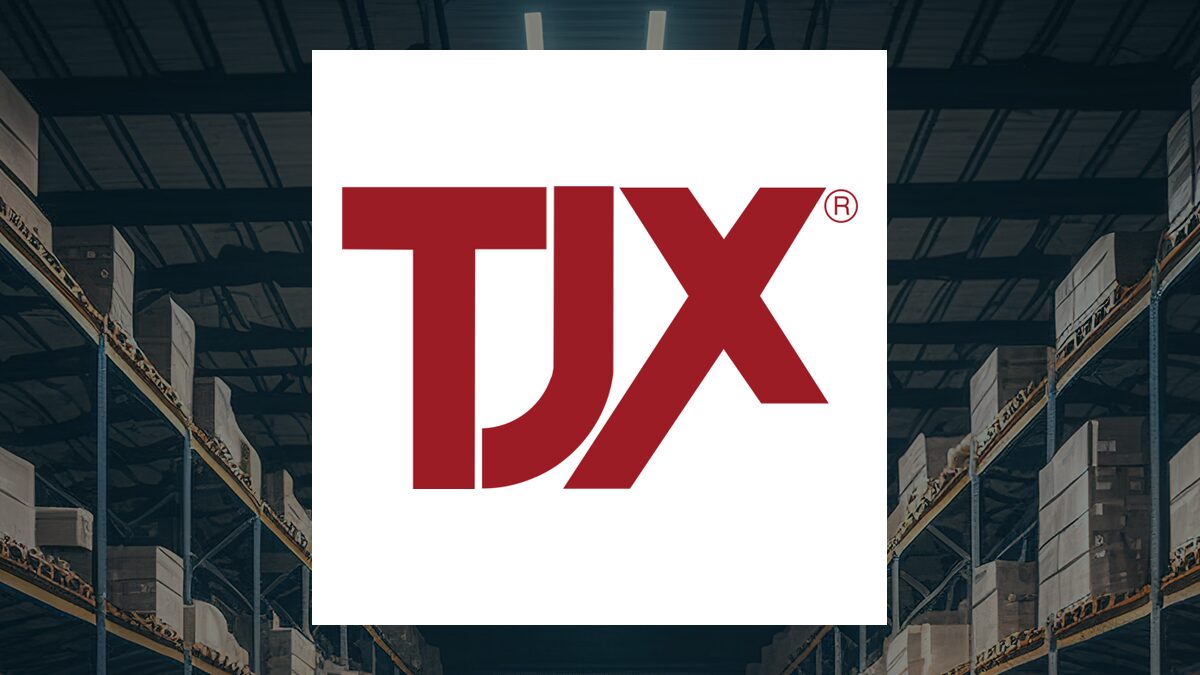When President Donald Trump announced a series of tariffs on imported vehicles and parts earlier this year, many in the automotive industry braced for significant financial turmoil. Contrary to these fears, the impact of the tariffs has been less damaging than anticipated, allowing automakers to maintain and even improve their profit margins during this challenging period.
Initially, the proposed 25% tariff on imported vehicles, which included cars from Mexico and Canada, sent shockwaves through the industry. Ford Motor Company CEO Jim Farley warned that such tariffs could create unprecedented challenges for the U.S. automotive sector. However, as the Trump administration began to roll back some of the tariff impacts, automakers recalibrated their financial forecasts.
Strong financial adjustments have emerged as traders and analysts assessed the new landscape. General Motors (GM), which had initially predicted a staggering annual cost of $5 billion due to the tariffs, reduced this estimate by $500 million just last month. Similarly, Ford halved its projected tariff-related costs for 2025 from $2 billion to $1 billion.
Automakers have also managed to exceed many expectations in their earnings reports. For example, GM’s adjusted earnings per share were anticipated to decline by 23% in the third quarter, but the figure only fell by 5%. Even Volkswagen, which reported a €1 billion loss ($1.3 billion) in the third quarter, fared better than forecasts, attributing part of its loss to issues unrelated to tariffs.
Changing Regulatory Landscape Benefits Automakers
Beyond tariffs, a significant regulatory shift has provided an unexpected boon to car manufacturers. The elimination of financial penalties for exceeding emissions standards, as outlined in a tax and spending bill passed in July 2023, has saved automakers billions. Historically, companies purchased regulatory credits from manufacturers like Tesla to avoid fines, but this is no longer necessary.
Ford’s Chief Financial Officer Sherry House indicated that the company would no longer purchase the previously anticipated $2.5 billion in regulatory credits. Analysts believe that the removal of these costs could reduce vehicle production expenses by as much as 3% to 5%. This change has also enabled automakers to ramp up production of more profitable vehicles, such as large trucks and SUVs, which had previously been constrained by emissions regulations.
For instance, Ford announced plans to increase production of its popular F-150 and F-Series Super Duty trucks by over 50,000 units in 2026 to meet strong demand. GM has similarly shifted its production focus, moving one of its Michigan plants away from electric vehicles (EVs), which have been less profitable, to gasoline-powered models.
Market Outlook and Consumer Impact
Despite the headwinds posed by tariffs, the automotive market has adapted in ways that benefit consumers as well. While automakers have made efforts to recoup some of the costs associated with tariffs, such as by adjusting the pricing of optional equipment, they have not significantly passed on the tariff costs directly to consumers. As a result, the average price of a new vehicle has risen to approximately $50,000, reflecting an increase of about 4% compared to the previous year.
Analysts continue to monitor the situation closely, with Dan Ives from Wedbush Securities noting that while tariffs represent a challenge, the industry has adapted better than expected. Furthermore, prospects for future tariff reductions remain optimistic, especially if the U.S. administration can negotiate new trade agreements with Canada and Mexico.
The evolving landscape of tariffs and regulatory policies has left many automotive stakeholders cautiously optimistic. As the industry navigates these changes, the overall outlook appears more favorable than it did at the start of 2023, suggesting that automakers may be in a stronger position than anticipated going forward.






